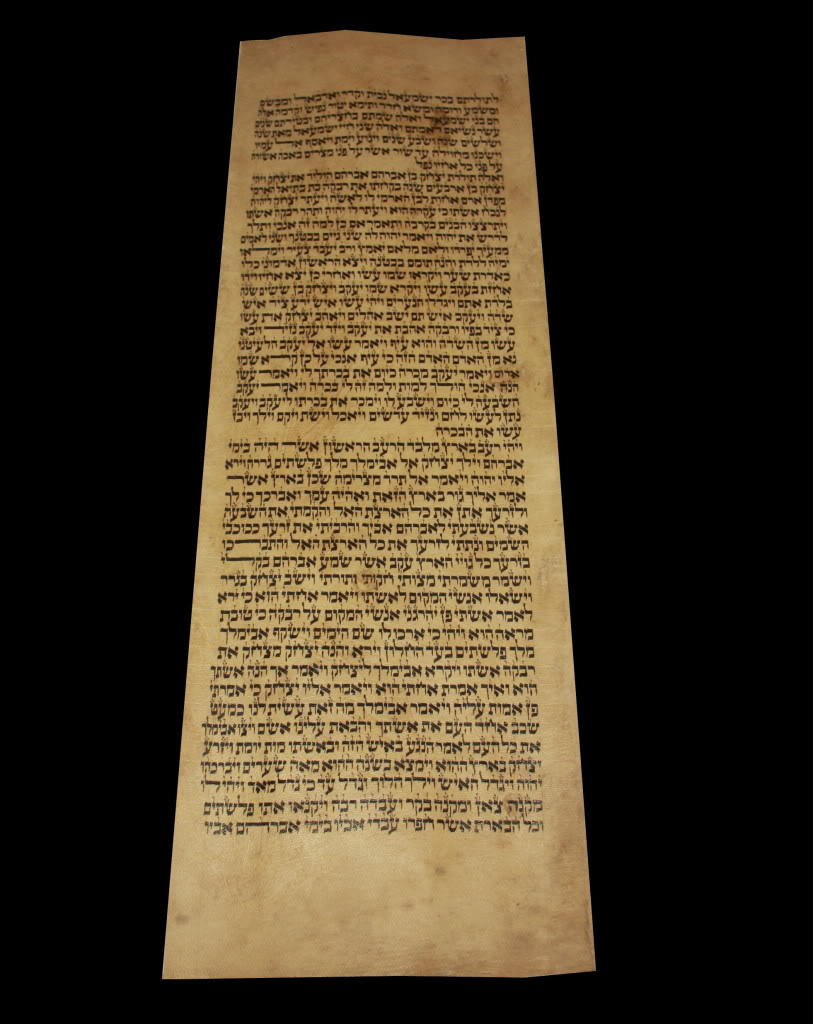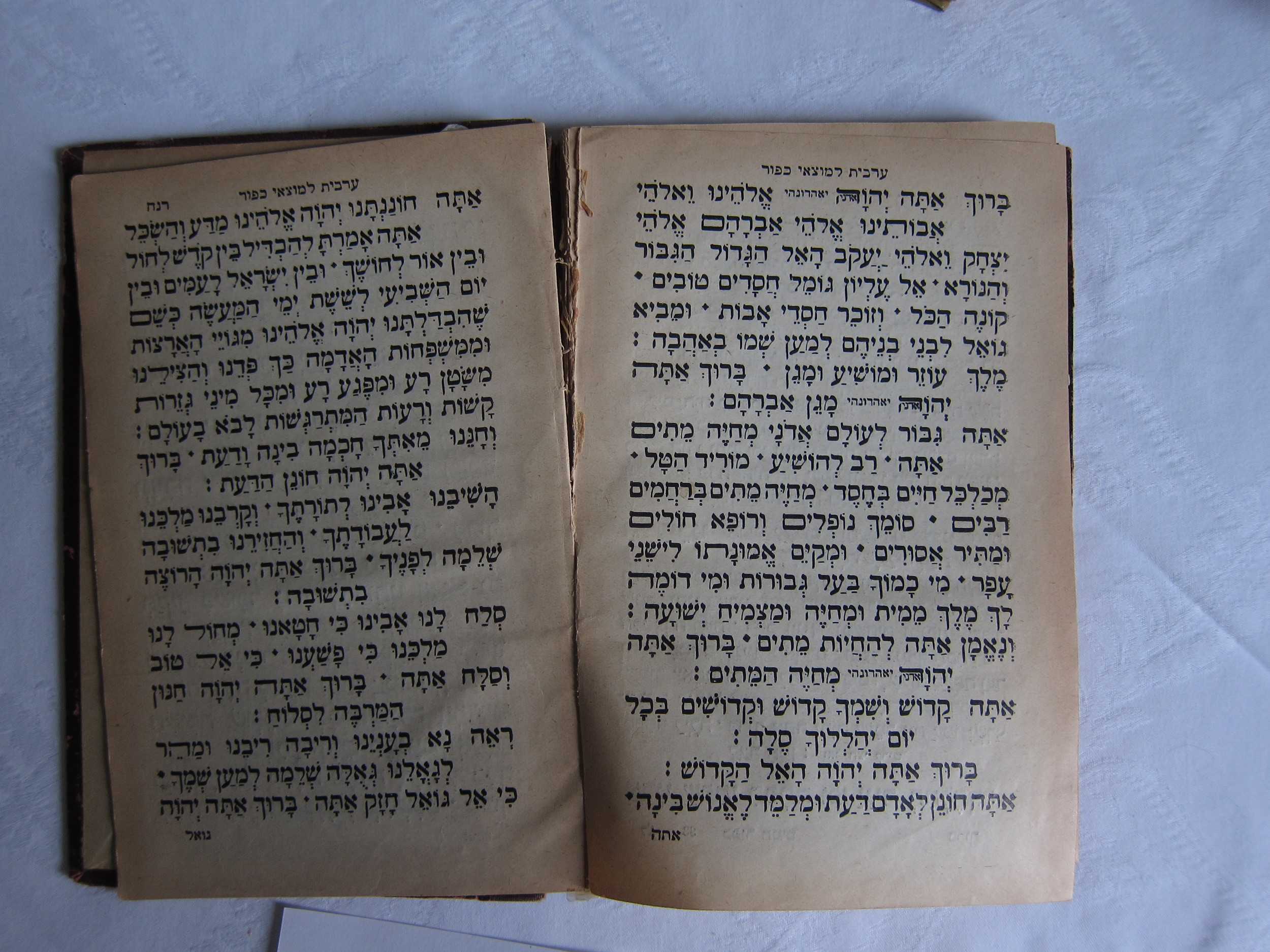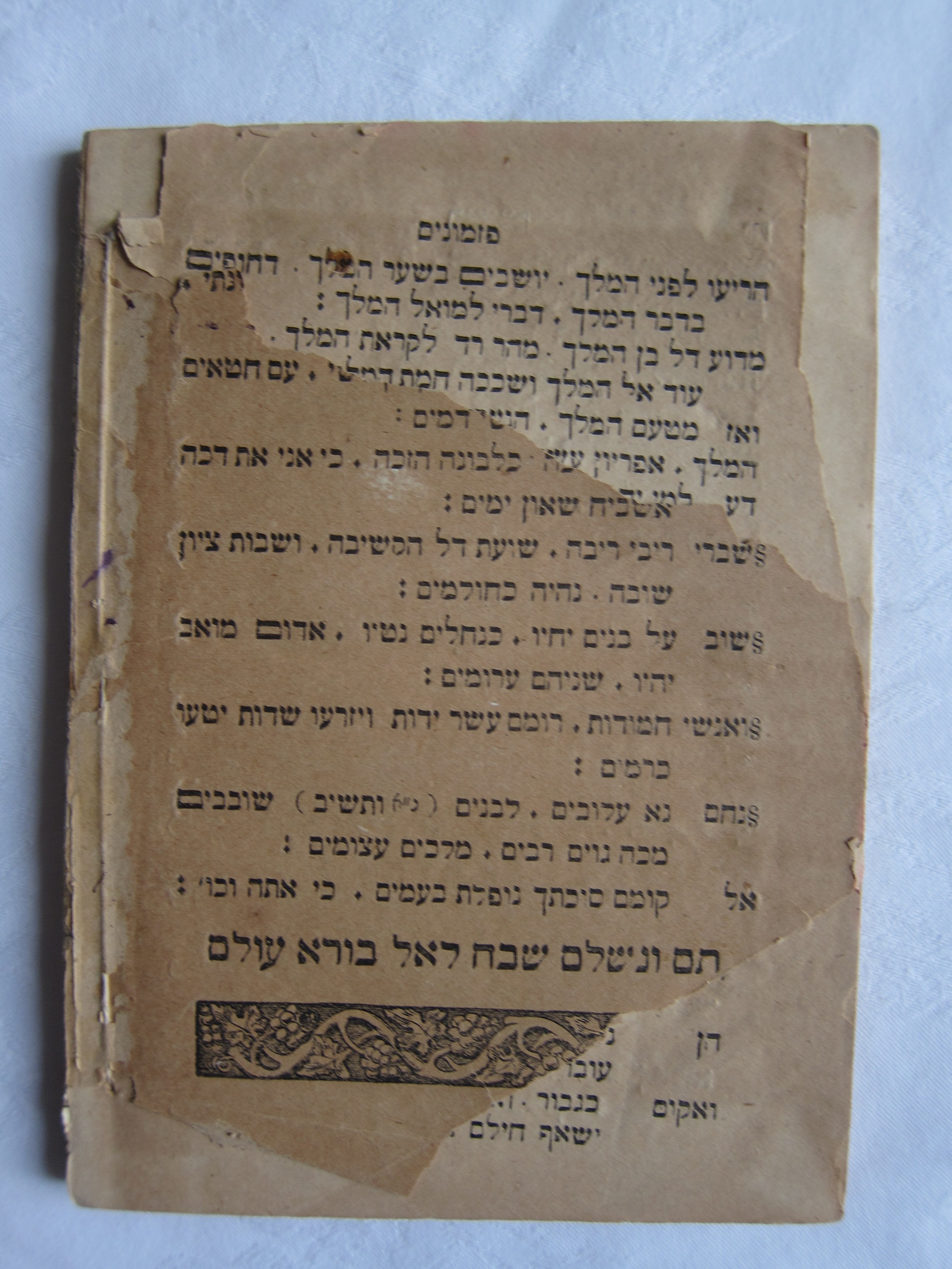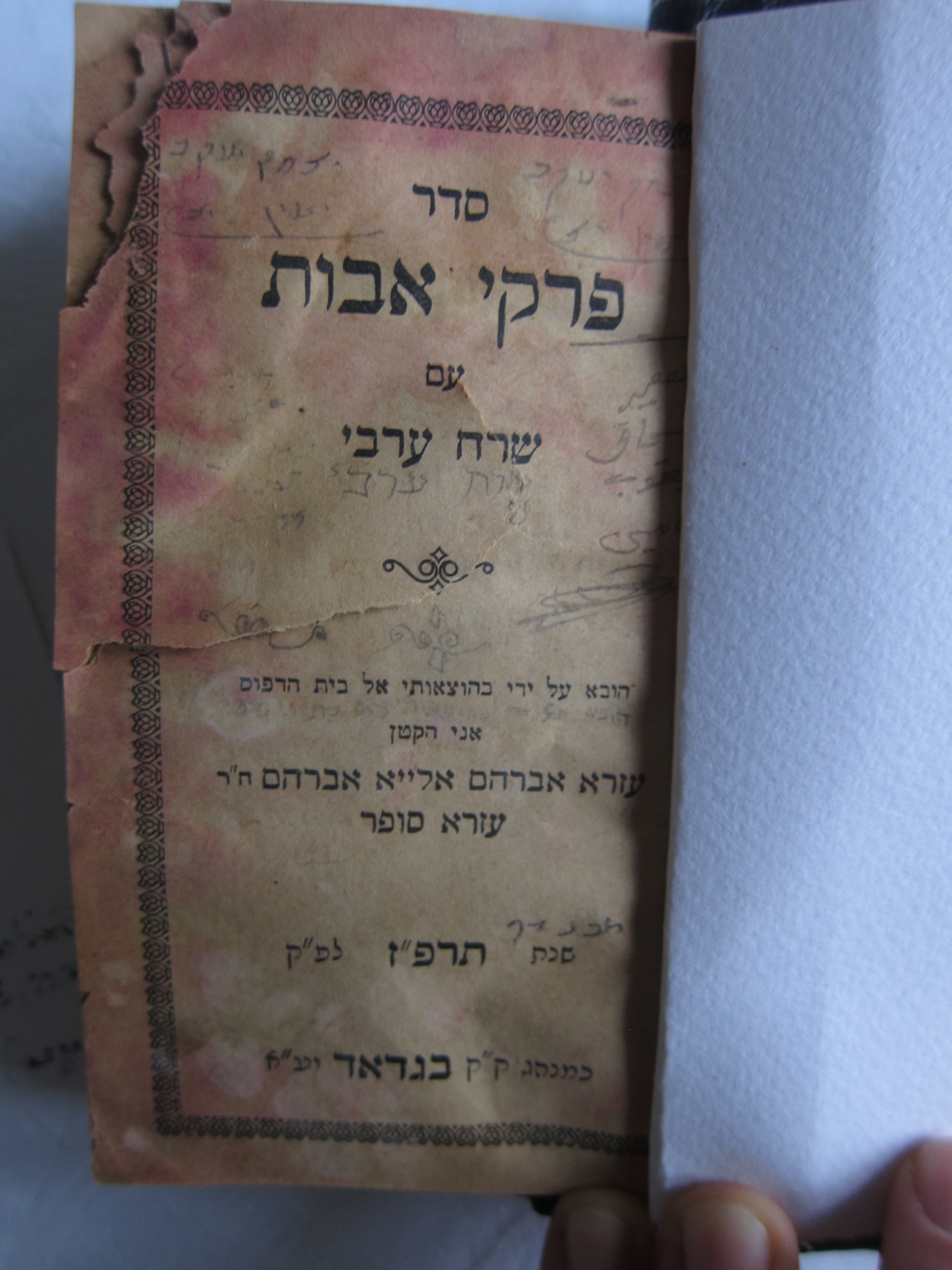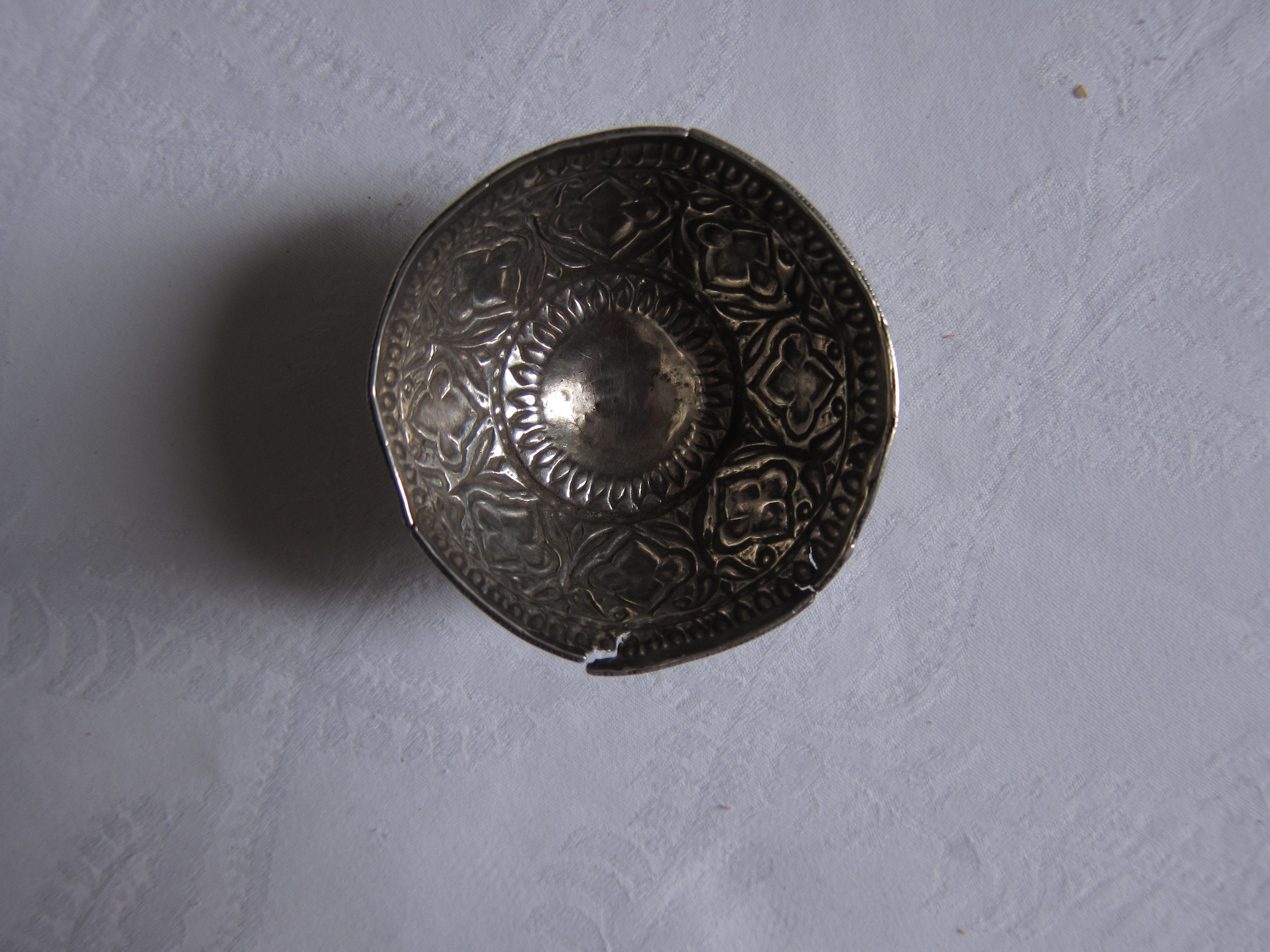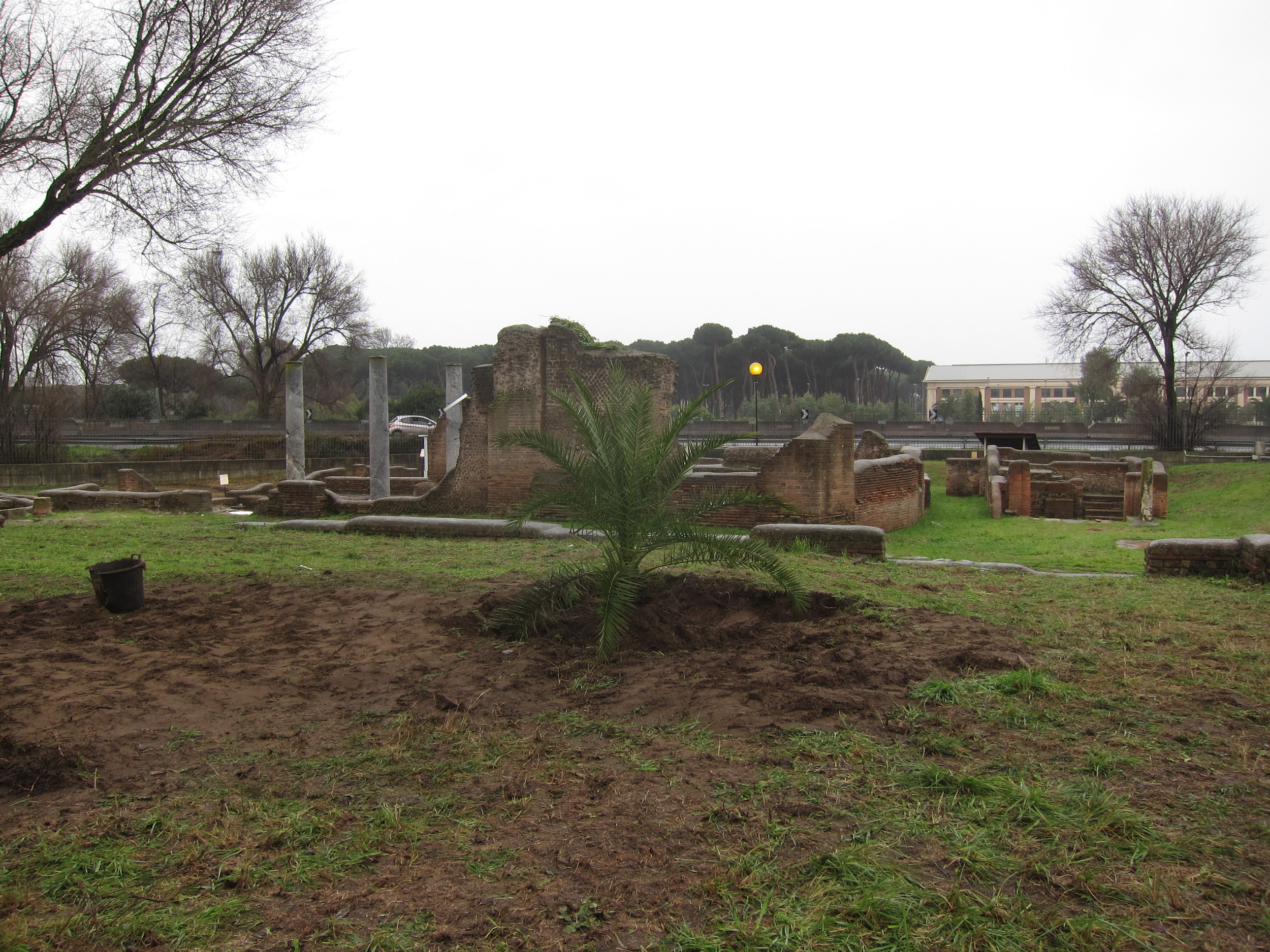Geniza for Ostia
2013
Ostia Antica, Rome
Damaged torah scrolls, prayer books and other religious materials are required by Jewish law to be buried. The geniza is a depository, usually located in a synagogue, where such religious items can be stored before receiving a proper interment.
The synagogue in Ostia Antica is the second oldest in the western world; it was excavated in 1961-62.
Over many years, I have collected from Iraq fragments of centuries-old torahs, damaged prayer books, spiritual texts, and broken Kiddush cups used on the sabbath, amassing what I thought would become an archive of Iraqi-Jewish history, hoping to revive what is lost. In reality, however, it seems I built a geniza.
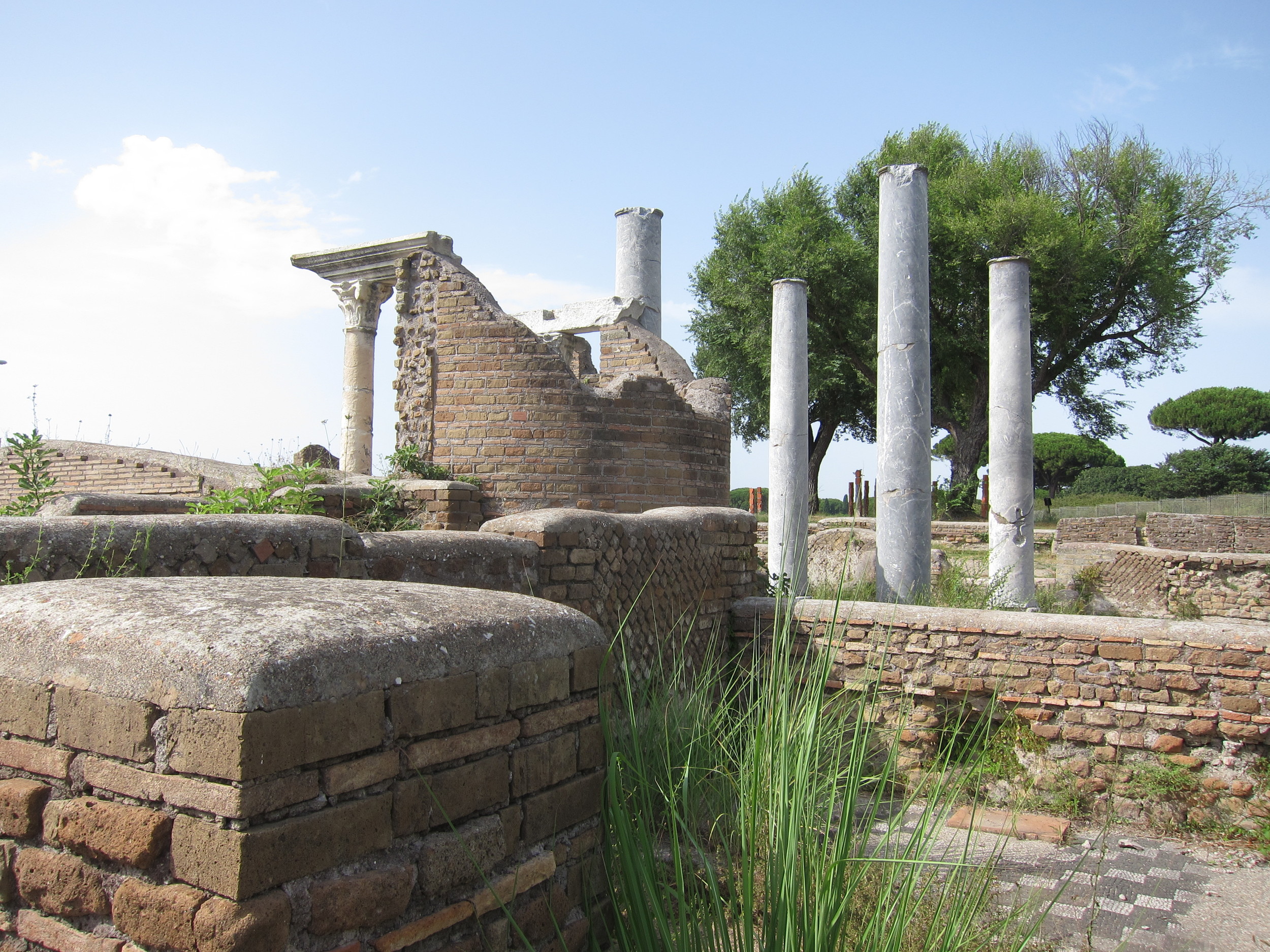
The preservationist struggles with what is to be remembered or saved and what is to be discarded or laid to rest. At the invitation of Arte In Memoria, buried my archive on the grounds of the Ostia synagogue. The site is marked simply by the planting of an Iraqi barhi date palm, which draws its nutrients from the soil of the decaying parchment and papers interred below. It is a way of saying farewell to the things that need to rest, which is the hardest thing to do when trying to stay alive.

